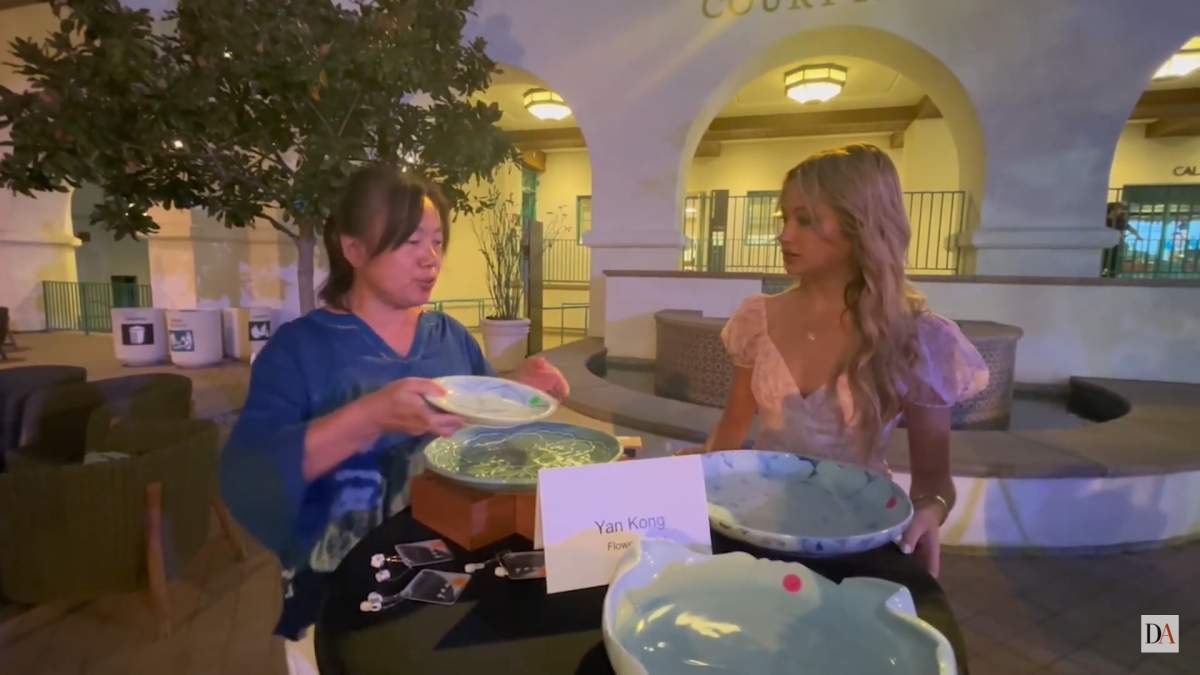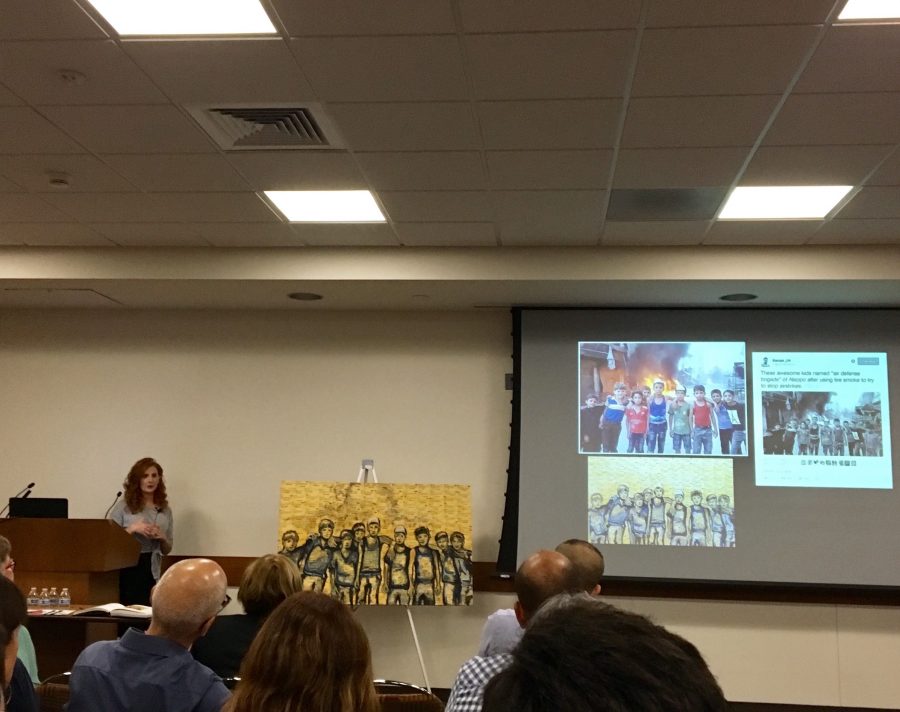
The 2009 documentary “Nightmares in Red, White, and Blue” presents the idea that the American horror film aims to capture the zeitgeist in the U.S. during particular periods of unease. Be it race relations in “Night of the Living Dead,” or the role of censorship with the rise of the slasher film, horror is a genre that is able to capture the national mood in a manner that only really deals in extremes. If that is the case, then “The Cabin in the Woods” speaks volumes about the level of originality in modern horror, maybe even modern media in general.
Co-writers Joss Whedon (“Buffy the Vampire Slayer,” “Firefly,” “Dr. Horrible’s Sing-along Blog”) and Drew Goddard’s (“Cloverfield”) smart take on the horror genre brilliantly dissects both the trope-tastic nature of popular teen-screams, and ultimately comes away as wildly original by preying on that which is most familiar.
That being said, discussing this film is difficult for two reasons. For one, the film is one of discovery, with pieces of a gruesome puzzle beginning to lock together as the narrative progresses. This makes spoilers all the more catastrophic. Secondly, this isn’t really a horror film. The expectation of bone-chilling scares and a next-level creep out factor will only leave the viewer high and dry. “The Cabin in the Woods” is, at its core, a satire; a wink and a nudge at teenage gore porn. To discuss it as a horror film is to miss the bigger picture.
Now, don’t think this is some highbrow, thought-provoking sort of film. At face value, it’s still a bunch of bloody, raucous fun. Much of what makes “The Cabin in the Woods” so good is that many of the situations presented are predictable. While this is a problem in other films, “Cabin” sets up character deaths to where the audience sees it coming light-years away, but keeps the characters absolutely oblivious. Because of this, much hilarity ensues, including one scene involving a motorcycle and an all-too-dramatic monologue. In essence, Whedon and Goddard rely on (and almost exploit) viewers having seen these type of films before. This permeates the entire movie, down to the five teen stereotypes that make up the obviously doomed vacationers.
Where the film enters the meta-realm is in the explanation of why so many thickheaded teenagers can’t seem to survive a relaxing weekend in remote wilderness locations. The implication of a greater, unseen force pulling all the strings is unique and provides for some great moments in the film, especially in the last half hour or so when the film takes a drastic right turn and more or less spirals out of control. When all the pieces come together and subsequently explode into a mass of gore and irony, “Cabin in the Woods” really shines. The H. P. Lovecraft-inspired ending also does not disappoint.
With so many of today’s movies, television shows and video games being sequels or adaptations, something original is always more than welcome. Whedon and Goddard prove that while almost everything in “The Cabin in the Woods” is as old as the horror genre itself, there is still plenty of originality left in exploring why these age-old tropes exist. Though “Cabin” is an exercise in the familiar, take it on faith this is one film viewers are not likely to forget anytime soon.






